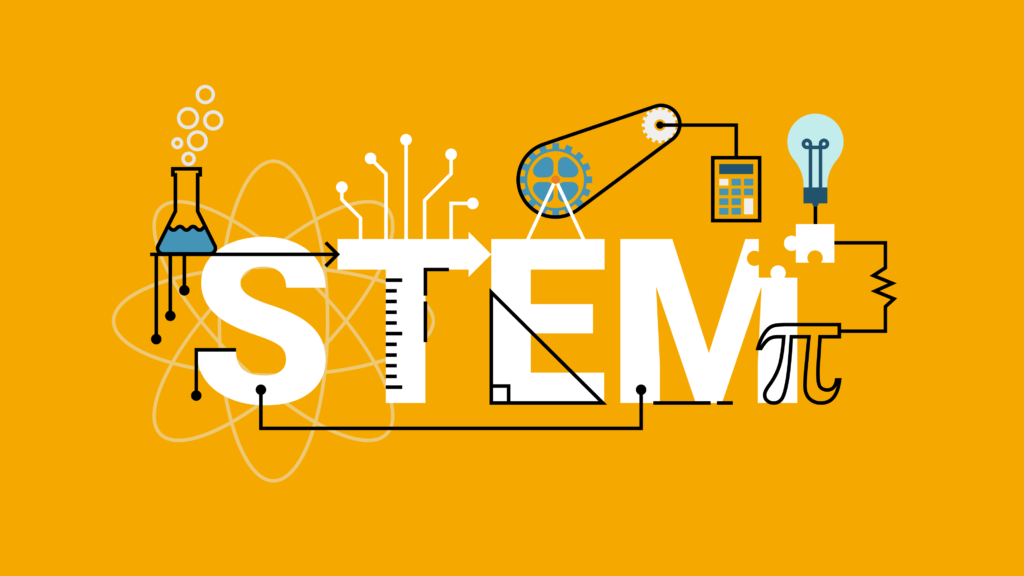The future of STEM education and its importance

The future of science, technology, engineering, and mathematics (STEM) education is pivotal for nurturing the innovators, educators, and leaders of tomorrow. As we delve into the digital age, the integration of advanced technologies like chatbots into educational practices is becoming increasingly important. This transformation is not just about keeping up with the digital era but preparing our students for a world where technology is deeply ingrained in every aspect of daily life.
This blog post explores the evolving landscape of STEM education, highlighting the critical role of technologies such as chatbots in making learning more accessible, engaging, and personalized. Join us as we uncover the potential of these innovations to reshape the future of education.
The Role of Technology in STEM Education
The integration of technology into education, especially in the STEM fields, is not a new concept. However, the methods and tools at our disposal are rapidly evolving. Interactive learning platforms, virtual simulations, and artificial intelligence are just the tip of the iceberg. Among these innovations, chatbots represent a significant leap forward in personalized learning.
Chatbots, powered by AI, can tailor educational experiences to individual learners, addressing their unique needs and learning paces. This adaptive learning approach can dramatically enhance students' understanding and retention of complex STEM subjects.
Moreover, these intelligent systems offer students 24/7 access to educational support, drastically reducing the barriers to learning outside the traditional classroom setting. This is particularly beneficial for students who may require extra help or those with unconventional schedules.
Enhancing Engagement and Accessibility
One of the critical challenges in STEM education is maintaining student engagement. Subjects that are inherently technical and complex can sometimes be daunting to learners. Here, chatbots can play a crucial role by making learning more interactive and less intimidating.
Through natural language processing, chatbots can offer a conversational approach to learning, answering questions, providing explanations, and even guiding students through problem-solving processes in real-time. This immediate feedback loop keeps learners engaged and motivated.
Additionally, chatbots can make STEM education more accessible to students with disabilities, offering alternative pathways for interaction and learning that traditional methods may not accommodate.
Preparing for a Technologically Advanced Future
The demand for skilled professionals in STEM fields is projected to grow exponentially in the coming years. To meet this demand, education must evolve to not only include, but also emphasize, technology and its applications.
Integrating chatbots and other AI-driven tools into STEM education prepares students for the realities of the modern workforce, where technology plays a central role. By familiarizing students with these tools, we're not just teaching them about the technology of today but equipping them with the adaptability and problem-solving skills necessary for the innovations of tomorrow.
Furthermore, the introduction of chatbots in education can inspire interest in AI and technology among students, potentially guiding more young learners towards careers in these dynamic fields.
Challenges and Considerations
While the benefits of integrating chatbots into STEM education are numerous, it's essential to address the challenges and ethical considerations that come with AI and technology in education. Issues such as data privacy, security, and the digital divide must be carefully navigated to ensure that these innovations benefit all students equitably.
Moreover, the role of educators in a tech-enhanced learning environment must be re-evaluated. Teachers remain irreplaceable as mentors and guides, and their role could shift towards more personalized, hands-on education while AI handles the more repetitive or administrative tasks.
Conclusion
The future of STEM education is poised for a transformative shift, with chatbots and AI leading the charge in making learning more personalized, engaging, and accessible. As we embrace these technologies, we open up new avenues for students to explore, learn, and grow in the digital age. The journey towards integrating these innovations into our educational systems may be complex, but the potential to enrich STEM education and prepare students for a technologically advanced future is undeniably vast. We stand on the brink of a new era in education, and the time to adapt and embrace these changes is now.

Related